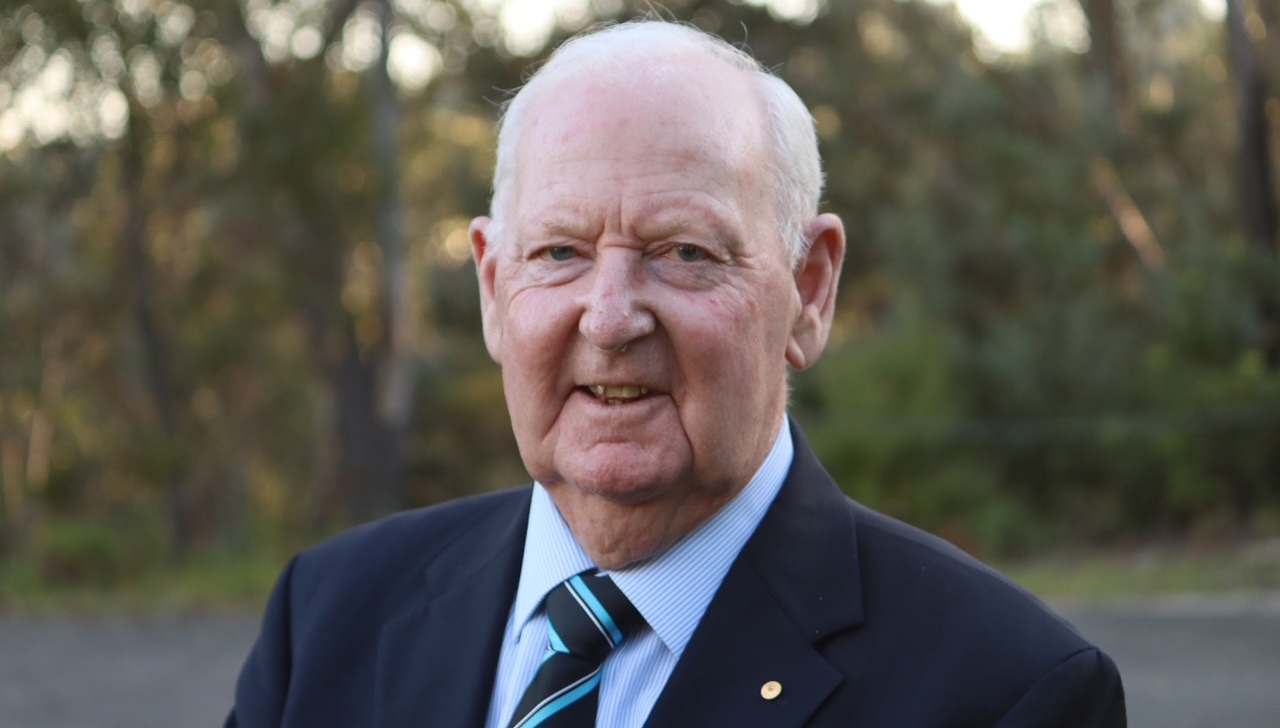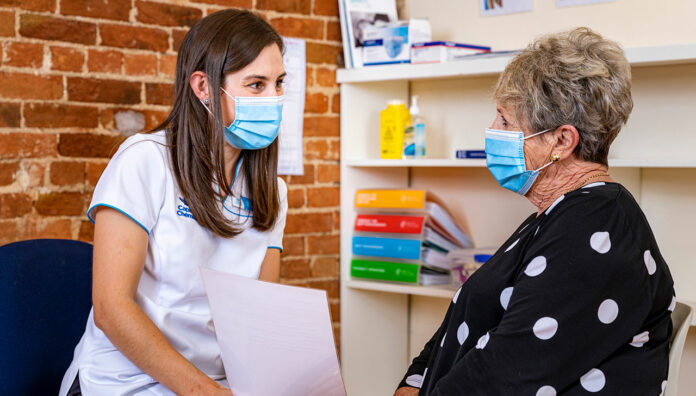What actually is professionalism? Broadly, it is the traits, attitudes, values, characteristics, and behaviours of a professional. Lots of things you can’t see.
Professional behaviour as a component of professionalism can often be seen in how we talk to people, our body language, our communication. Those are the things that other people see. That’s how they measure us. That’s how we build trust. That’s how we build relationships.
1. Explain the safety steps in your processes
[Patients described] only seeing the end point, which was pharmacists essentially handing them or selling them a product and maybe talking to them about it. They didn’t understand the processes we’d undertaken to check that it was safe and effective – or why we’re asking questions. They just see us put a label on a box and that takes 2 minutes sometimes, and for whatever reason, it’s taking 10 minutes this time. We need to be transparent about why we’re doing what we’re doing.
2. Acknowledge patients immediately
Our participants described that their perception and how willing they were to interact started the moment they walked in. If they weren’t greeted or people didn’t acknowledge them, then they were already put off. Thus, for pharmacists it starts with acknowledging the patient is there, describing what it is you’re going to do and setting the expectation, [for example] ‘I’m going to just double check that it’s the right medicine for you.’
Start that interaction in a way that explains, ‘I’ve got steps that I need to take, but I’m doing them for you’ and then check back in with them to reset expectations if things aren’t going to plan.
Deanna Mill MPS reflected on her research findings recently with Peter Guthrey and Hannah Knowles in PSA’s podcast Pharmacy & Me.
3. Talk directly to patients, not through others
[Our research suggests] patients do not like whispering behind counters, and they don’t like talking through assistants. They find that unprofessional.
4. Offer solutions, not problems
The conclusion we’ve come to is to not actually say the word ‘no’. You might have decided in your head, ‘I can’t do that, that’s illegal’. Or ‘I’m not doing that, that’s unethical’. So, the conversation usually goes: ‘What we actually can do is X, Y or Z. What would you prefer me to help you do?’ So, you’re not saying ‘no’. You’re not saying ‘I can’t.’
You’re just saying these are the options that you have. If they then say, ‘no, I want that’, you can say, ‘look, it’s not safe or it’s not professional’ and give your explanation then. But offer them solutions before the problem – if possible.
5. Don’t make decisions for patients; offer options with recommendation
Patients want to be offered options because they want to feel like they’re in control of their own healthcare, and they should be in control of their own healthcare, right? [For example] if the option is I pay $20 or I go to the ED, if they can afford the $20, I’m pretty sure that’s what they’ll pick.
[Patients are] willing to pay for healthcare that they see a benefit of. We see that when they pay quite a substantial gap to go see a GP of their choice.
So, I think that that option should always be offered, acknowledging that for some people, it’s not an option, but for some it is.
Our adviser
DEANNA MILL MPS is PSA’s Early Career Pharmacist Board-appointed director, currently undertaking her PhD studying professionalism in pharmacist practice, which includes exploring patient perceptions of professionalism.




 Now a PhD candidate, former Sudanese refugee and NSW Pharmacist of the Year
Now a PhD candidate, former Sudanese refugee and NSW Pharmacist of the Year  David North OAM
David North OAM NSW Early Career Pharmacist of the Year Lily Pham
NSW Early Career Pharmacist of the Year Lily Pham







